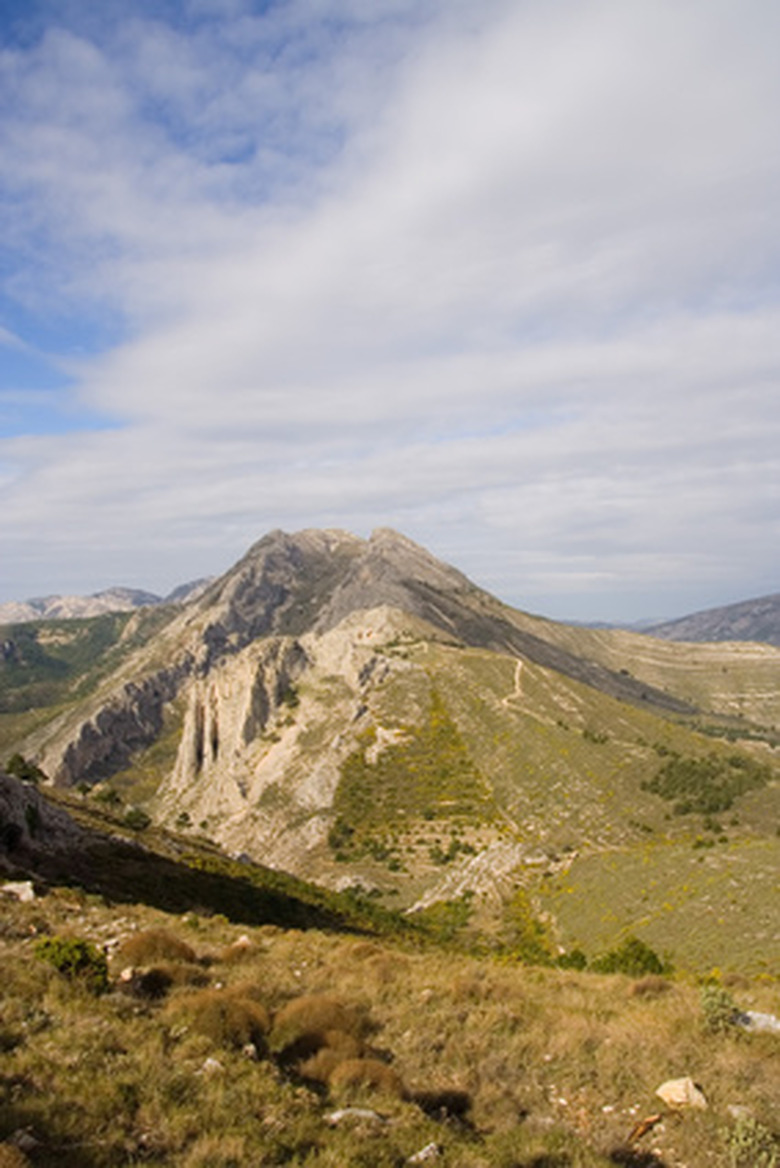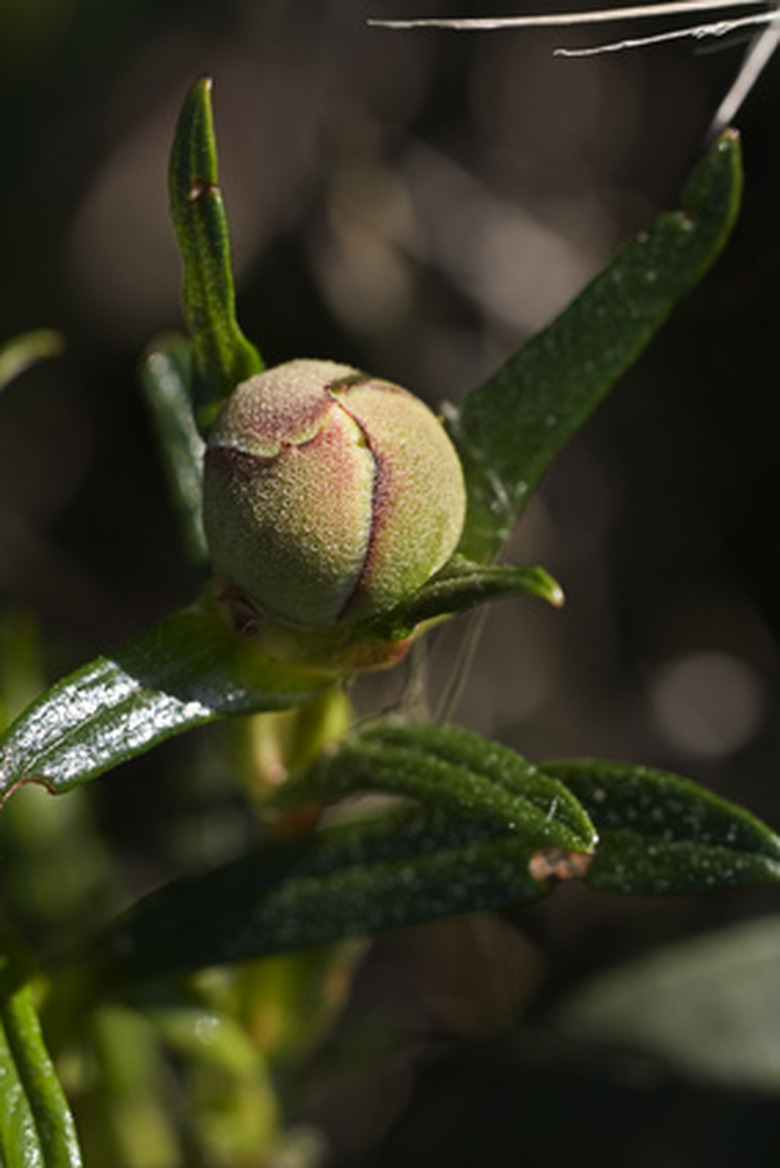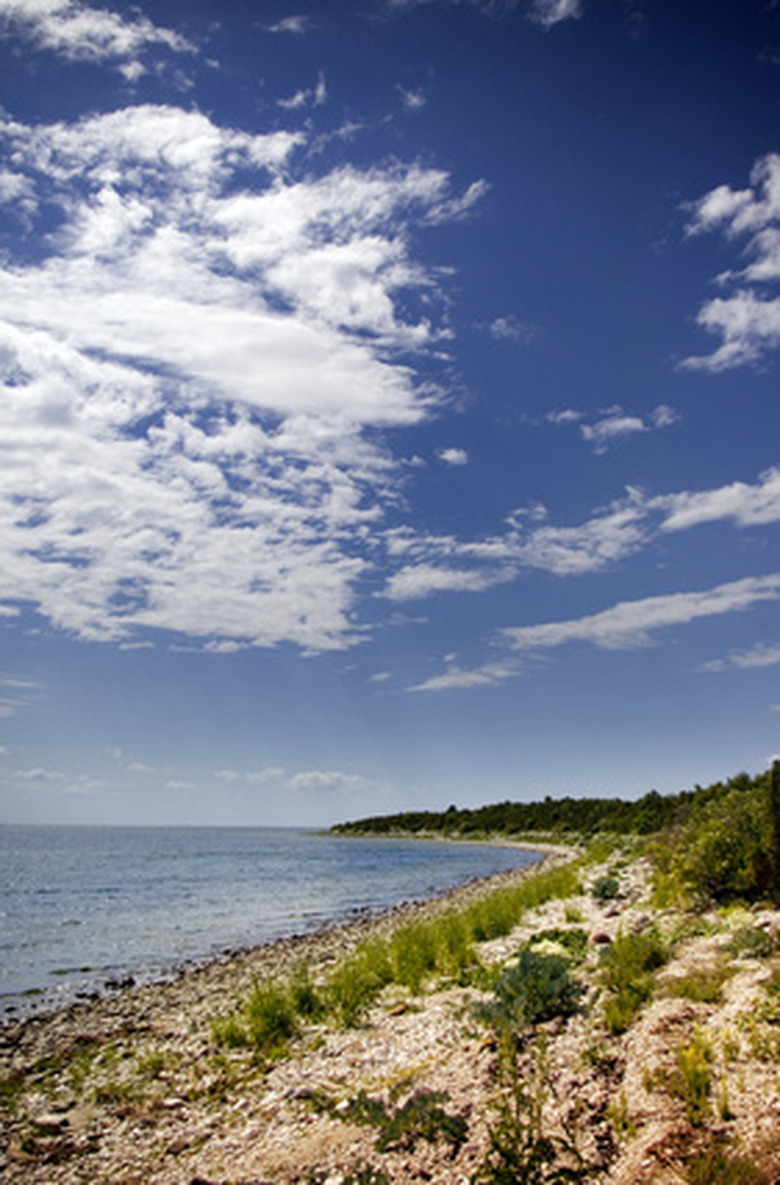Native Plants In Spain
The Spanish landscape is as diverse as it is large–rolling hills, vast plains, craggy mountains. Bordering the Mediterranean Sea on its western edge, the Spanish climate is just as diverse. Its unique blend of warm, arid areas, subtropical rains and Mediterranean breezes make it a melting pot for all types of native flora.
Wild asparagus
Wild asparagus grows on the coastal sands and craggy cliffs of Spain. This wild vegetable is often an ingredient in traditional Mediterranean dishes. It can be eaten raw or cooked, and the roots are harvested for their medicinal value. (In Chinese medicine, it was valued as an herb that would cleanse the lungs and kidneys.)
- The Spanish landscape is as diverse as it is large–rolling hills, vast plains, craggy mountains.
Unfortunately, the wild asparagus has recently been impacted by soil erosion on its native cliffs. Since the plant doesn't spread easily, as the soil erodes it often takes the plants with it. Once these numbers start dwindling in a given area, it becomes more difficult for the plants to pollinate each other, and numbers decline further. Britain's National Trust Foundation is taking steps to ensure the continued growth of these plants.
Gum cistus
The gum cistus is native not only to Spain, but also to its territories in the Canary Islands. The small shrubs grow in the coastal regions, and have adapted well to the poor, alkaline-heavy soils that are found there. They've also adapted well to the full, bright sunlight of the region.
- Unfortunately, the wild asparagus has recently been impacted by soil erosion on its native cliffs.
- The small shrubs grow in the coastal regions, and have adapted well to the poor, alkaline-heavy soils that are found there.
They grow to be only about 3 feet tall, and their delicate, tissue-paper-like flowers have an extremely short blooming time. These flowers can be white, yellow or purple, depending on the variety. The flowers were once used to make perfume.
Neptune Sea Grass
Fields of Neptune sea grass cover the floor of the Mediterranean off the coast of Spain. This sea grass is unique in that it is a true plant; it produces both flowers and seeds. Named for the Greek god of the sea, these grasses provide invaluable shelter and food for marine life.
Because the sea grass grows in coastal waters anywhere from 5 to 40 meters deep, the plants share their habitats with fishermen and other boaters. The grass was declared protected in 1991, and remains under threat from boat traffic, water pollution, and expansion of man-made structures into the coastal waters.
- They grow to be only about 3 feet tall, and their delicate, tissue-paper-like flowers have an extremely short blooming time.



